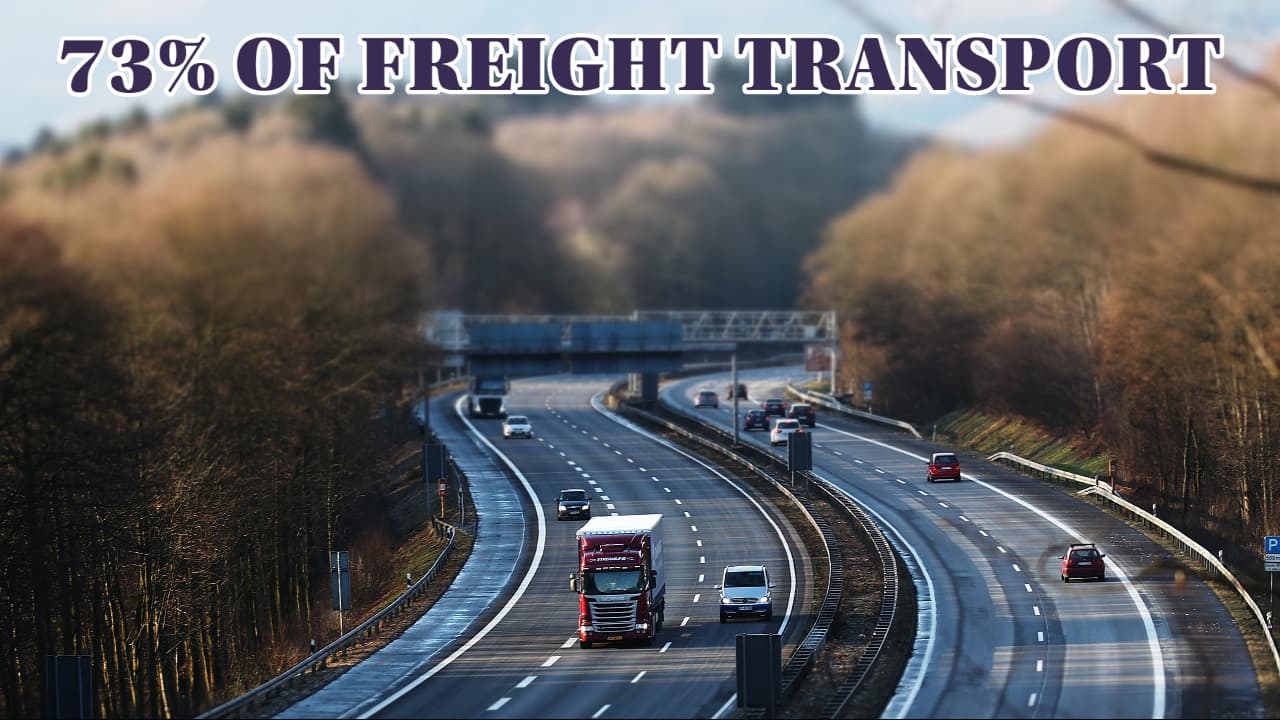
Fascinating Facts about How Long-Haul Trucking Works
1-minute read (13-minute watch)
Trucks transport 73% of the USA’s freight. However, in New Zealand they handle 92% of cargo, with 6% going by rail and 2% on coastal shipping.
The Government’s National Freight Demands Study predicts that up to 2052 there will be very little change in modal share.
The major areas of freight growth will remain the Auckland-Waikato-Bay of Plenty triangle in the North Island and Canterbury in the South Island.
There are many reasons why road freight is the mode of choice for most people and businesses needing goods moved:
Most freight travels less than 100 kilometres. Rail, which is best suited to hauling bulk items 300 kilometres or more, is less fuel and cost efficient over such relatively short distances.
Rail with its inflexible timetables and restricted network can’t provide the personalised, door-to-door, on-demand service the modern truck delivers. It simply doesn’t go where much of the freight goes and when the customer wants it.
Livestock, perishable items such as groceries, fruit and vegetables, refrigerated and dangerous goods, like LPG, aren’t suited to the repeated transhipping rail requires.
The risk of breakage and pilfering is significantly lessened.
Source: video is done by Wendover Productions.
P.S. Easy Freight Ltd helps New Zealand importers & exporters to save money on international freight and reduce mistakes by guiding how to comply with Customs and biosecurity rules.
➔ Contact us now to learn how we can assist you.
